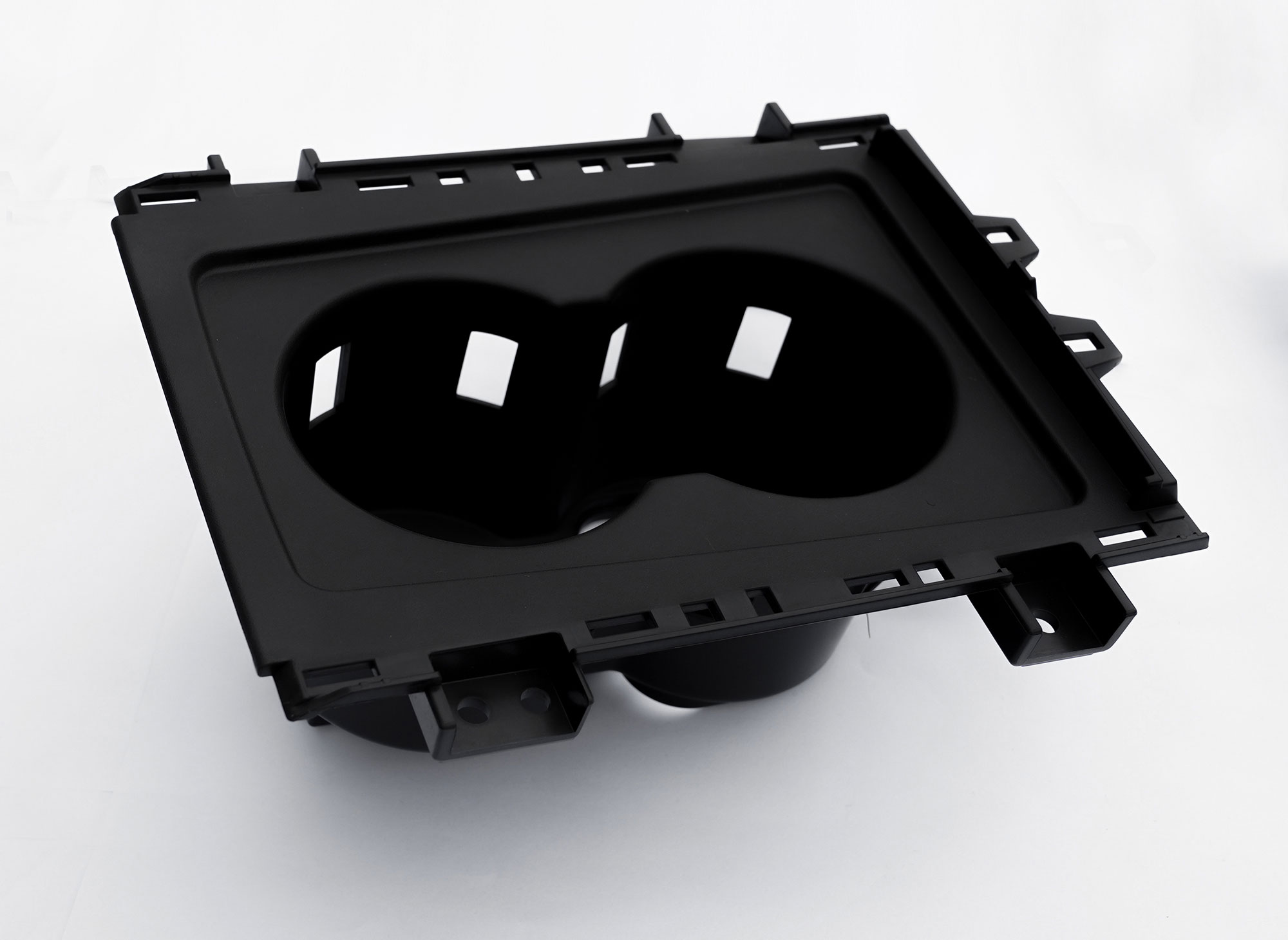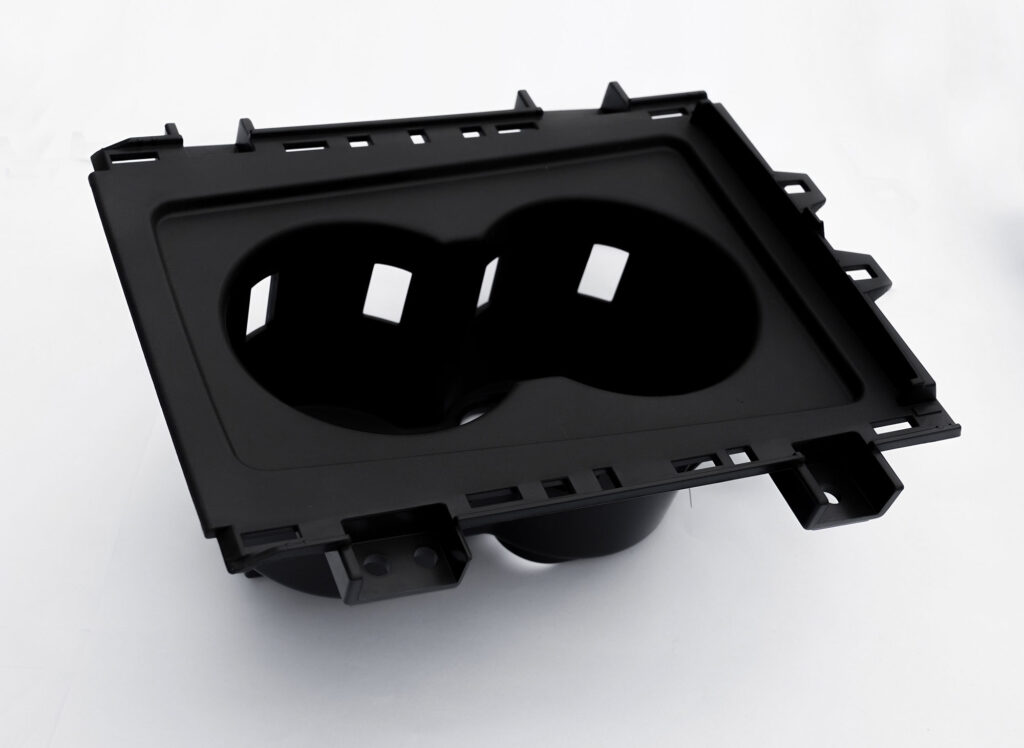The automotive industry is entering a transformative era, and automotive injection molding stands at the center of this evolution. As vehicles become lighter, smarter, and more sustainable, manufacturers are rethinking materials, processes, and design philosophies. In 2025, the trends shaping automotive injection molding are more than just technological upgrades—they represent a fundamental shift toward efficiency, sustainability, and digital integration.

1. Lightweighting Through Advanced Materials (Experience)
For decades, automakers have been in a relentless pursuit of weight reduction to enhance fuel efficiency and performance. In 2025, this continues with the use of advanced thermoplastics, glass-fiber reinforced composites, and carbon-fiber blends.
What’s new is the growing adoption of hybrid materials—combining polymers with metal inserts or structural foams—to achieve high strength-to-weight ratios. Engineers are also experimenting with bio-based polymers, particularly in interior components, aligning with sustainability targets without compromising mechanical properties.
Example:
Manufacturers such as BASF and Covestro are now developing next-generation polyamides and polycarbonates tailored for electric vehicle (EV) battery enclosures and structural parts, where both thermal resistance and impact strength are critical.
2. Electrification Drives Design Innovation (Expertise)
The rapid shift toward electric mobility is redefining the role of injection molding in automotive applications. EVs require more complex and thermally stable components—from battery housings and cable connectors to thermal management systems.
Injection molding allows precise geometries with high dielectric strength, essential for safely enclosing high-voltage systems. Furthermore, two-shot molding and overmolding technologies are increasingly used to integrate multiple materials (e.g., combining soft-touch surfaces with rigid structures), streamlining assembly and improving performance.
Expert Insight:
In EV manufacturing, precision-molded parts not only ensure safety but also reduce the need for secondary operations—cutting production time by up to 20%.
3. Digitalization and Smart Manufacturing (Authoritativeness)
2025 marks the mainstream adoption of smart injection molding, powered by Industry 4.0 technologies. Leading molders now rely on AI-driven process control, IoT-enabled monitoring, and digital twins to optimize production in real-time.
Through sensor-based feedback, systems automatically adjust temperature, pressure, and cooling rates, ensuring consistent part quality across batches. Predictive maintenance, powered by machine learning, also minimizes downtime by detecting potential tool wear before failure occurs.
Industry Example:
Companies like ENGEL and ARBURG have launched fully digitalized molding cells with integrated MES (Manufacturing Execution Systems), offering data transparency across entire production lines.
4. Sustainability and Circular Economy Practices (Trustworthiness)
Environmental sustainability is no longer optional—it’s a competitive imperative. Automotive OEMs are under increasing pressure to reduce carbon emissions and promote recyclability across the supply chain.
Automotive injection molding manufacturers are supporting this transition through:
- Closed-loop recycling systems, where regrind materials are reintroduced into production without sacrificing quality.
- Biodegradable and recycled resins, such as rPET and rPP, used in non-structural parts.
- Energy-efficient machines that reduce power consumption through servo-electric drives.
Case in Point:
Volvo and Toyota have recently announced sustainability roadmaps integrating recycled plastic content into over 25% of their interior components by 2025.
5. Micro-Molding and Precision Engineering
As vehicles become more electrified and sensor-dependent, demand for micro-molded components has surged. These ultra-precise parts—used in cameras, sensors, and control modules—require extremely tight tolerances and advanced mold design.
2025 will see further miniaturization enabled by advanced CNC machining, precision temperature control, and nano-texturing techniques, ensuring both functionality and aesthetic refinement.
6. Automation and Collaborative Robotics
Automation remains a key driver of competitiveness in the molding industry. The integration of collaborative robots (cobots) into molding lines enhances productivity and safety. Cobots handle tasks like part removal, trimming, and inspection with human-like dexterity but without fatigue.
The result? Shorter cycle times, consistent quality, and lower operational costs—especially for high-volume automotive parts.
7. Regional Shifts and Supply Chain Resilience
Global supply chain disruptions in recent years have taught manufacturers the value of localization. In 2025, more automakers are reshoring injection molding operations or building regional hubs closer to assembly plants.
This strategy reduces logistics risks, improves supply reliability, and supports regional customization. Simultaneously, strategic partnerships between OEMs and molders are strengthening design-to-production collaboration.
Conclusion
The year 2025 will not just bring incremental improvements to automotive injection molding—it will redefine the industry. From sustainable materials to digitalized production and lightweight innovation, the molding process is evolving into a high-precision, data-driven, and environmentally responsible discipline.
Manufacturers who embrace these trends early will not only gain a competitive edge but also shape the future of mobility—one molded part at a time.


